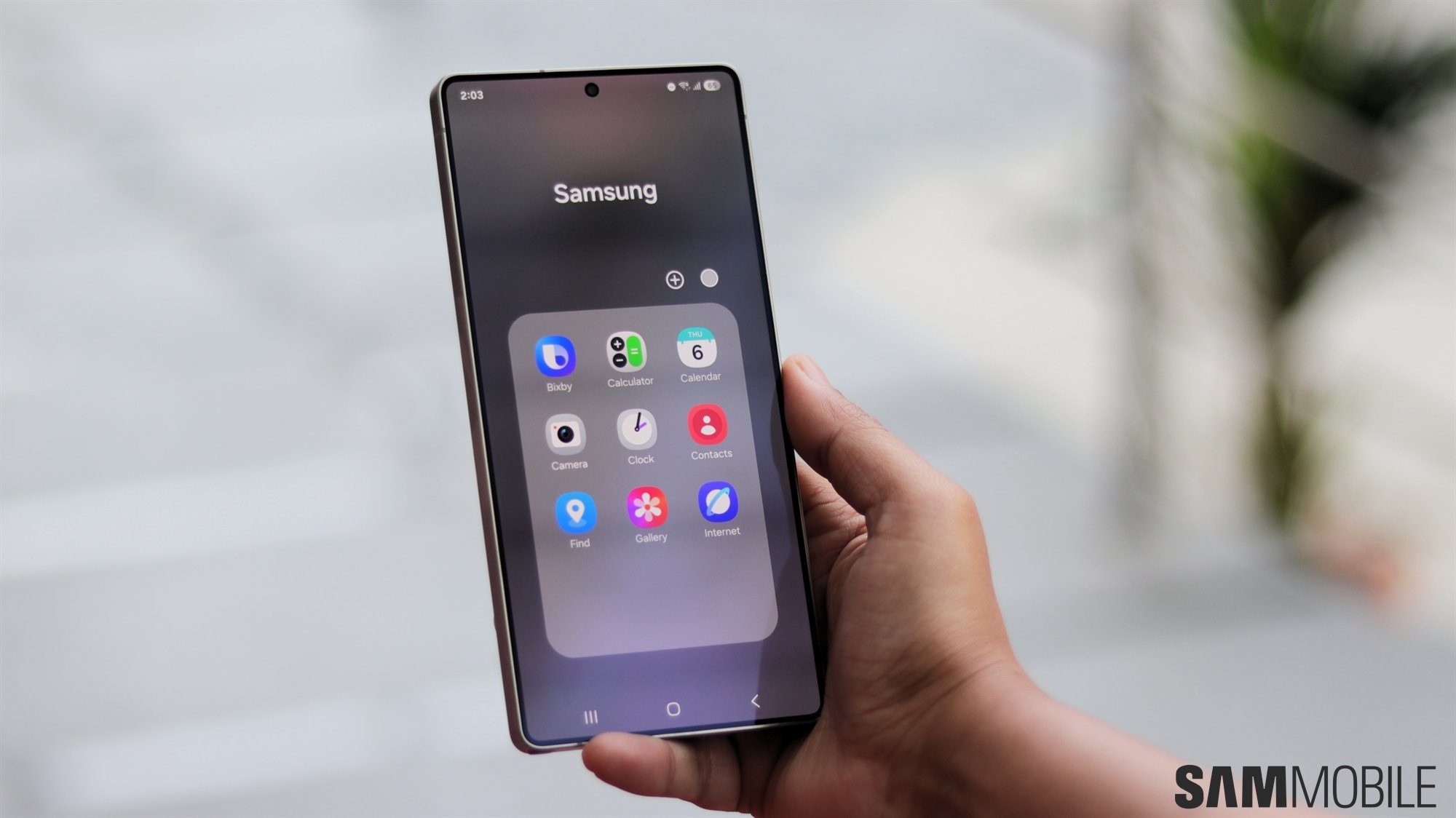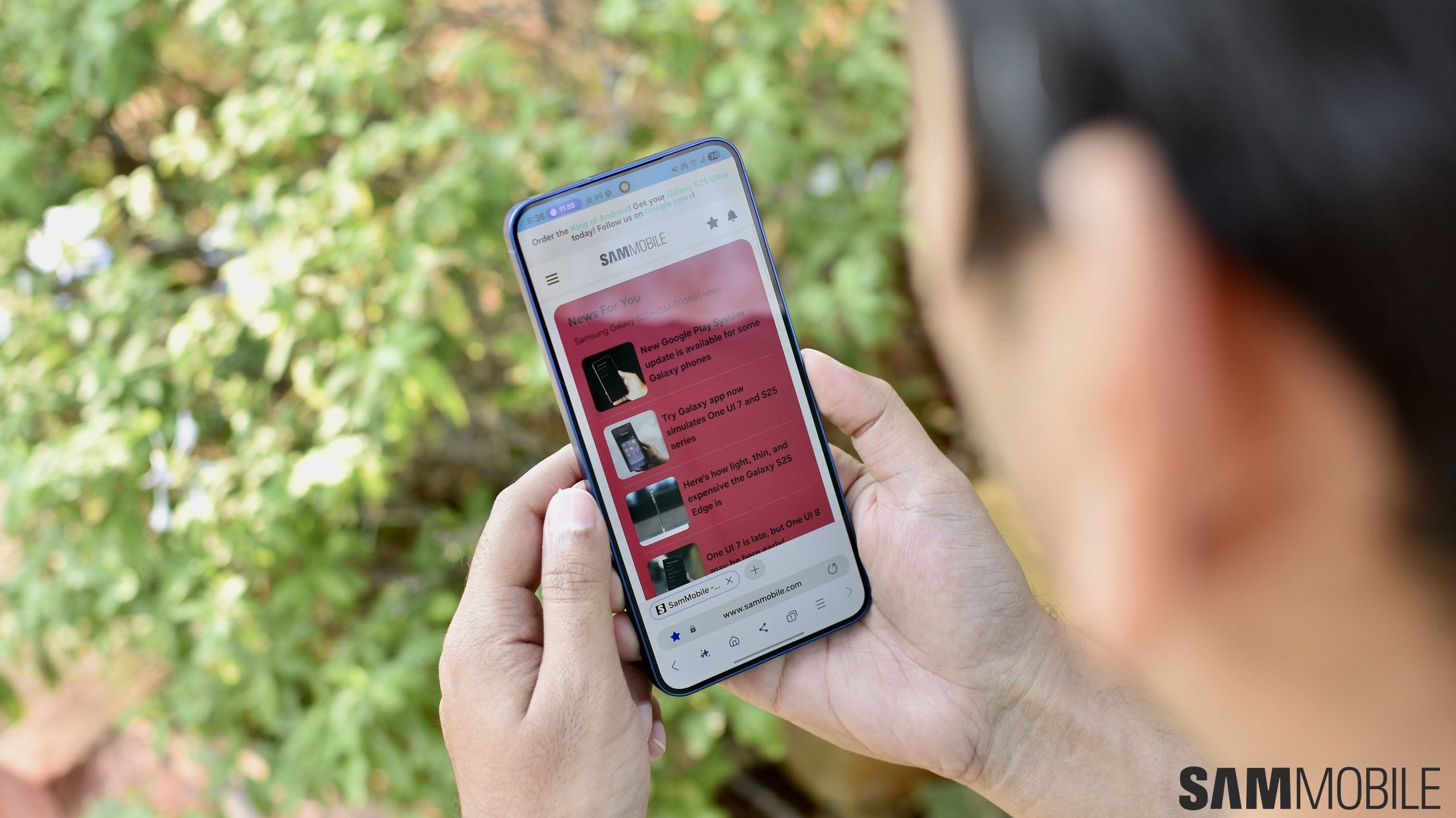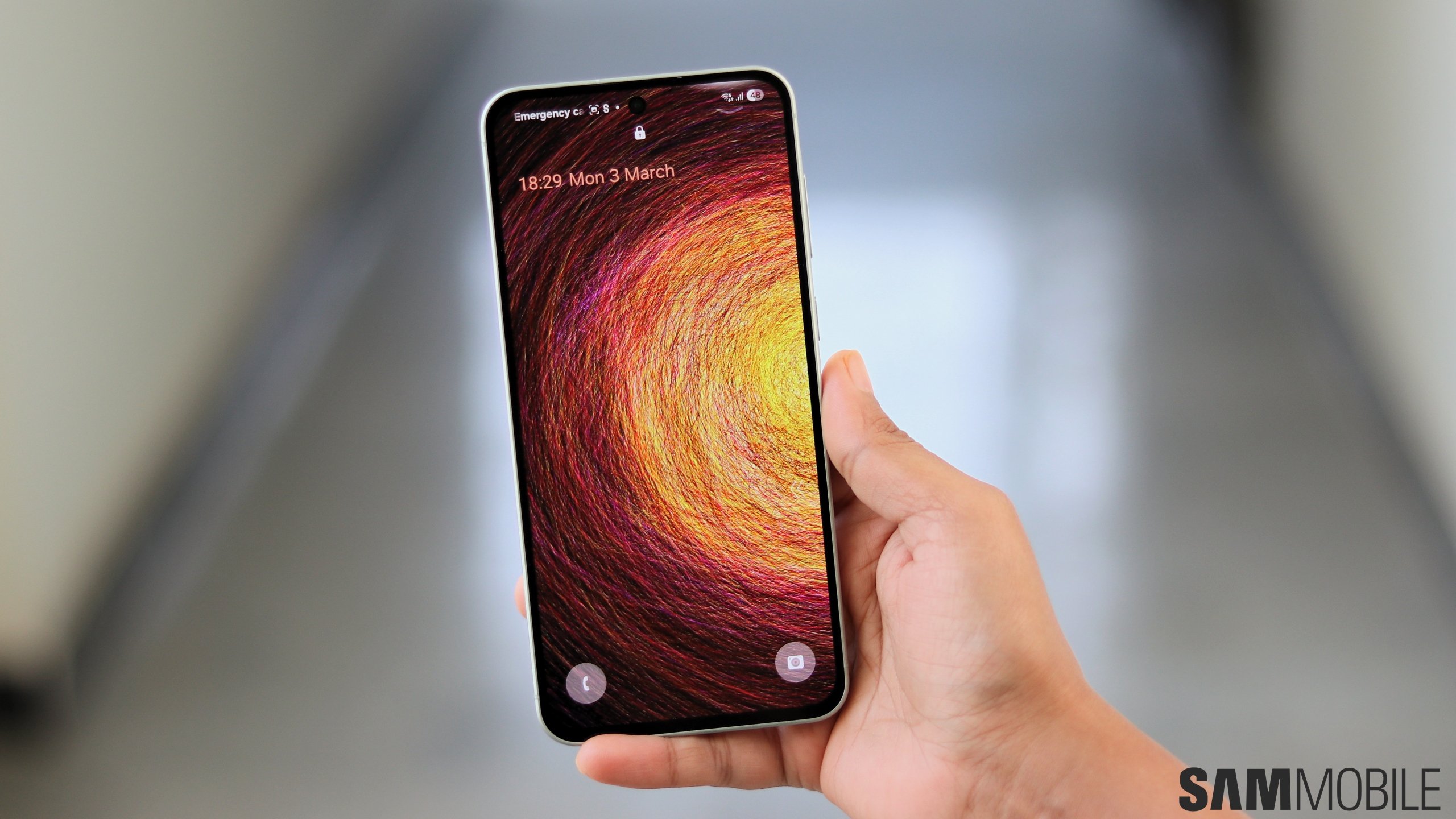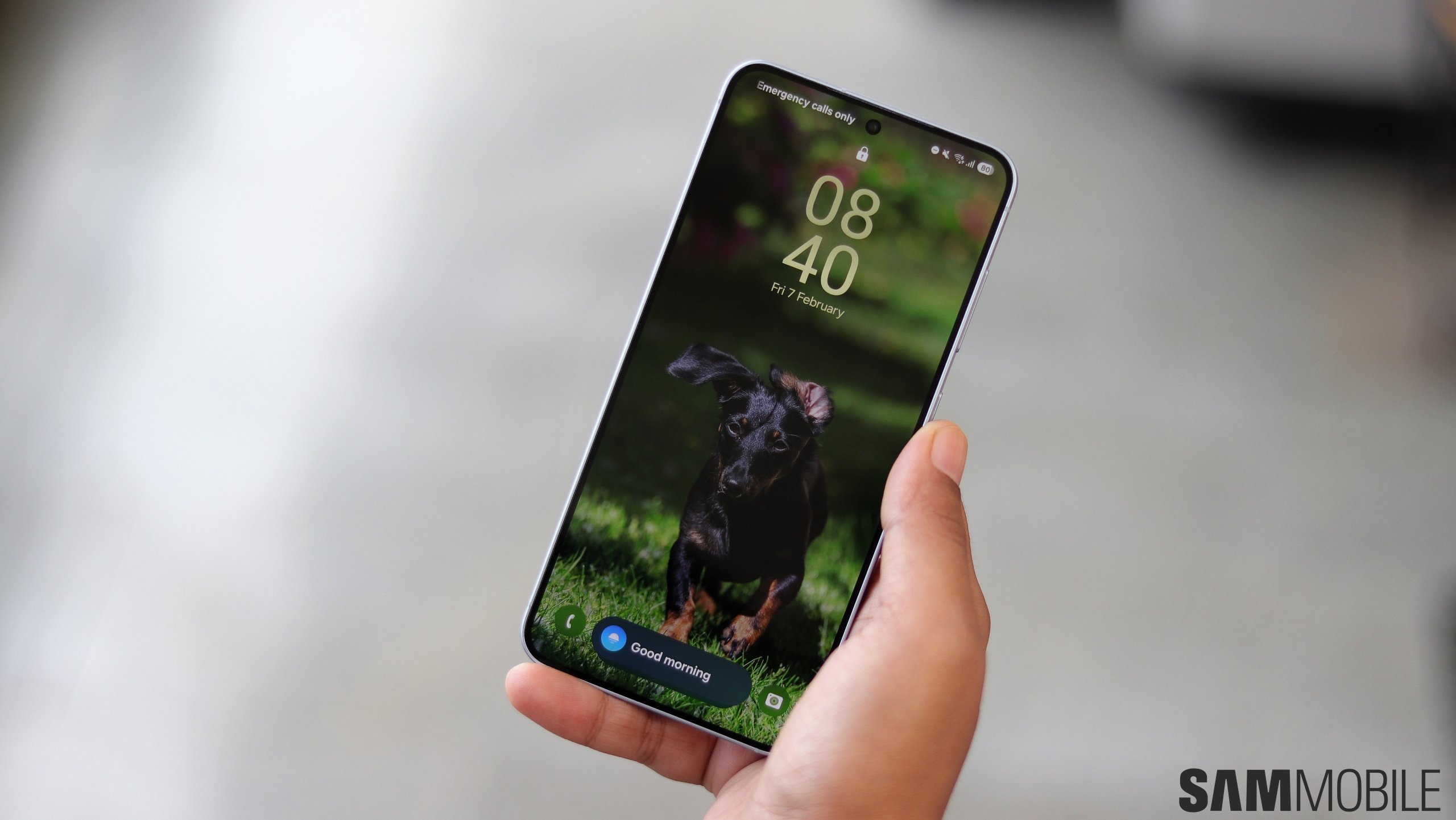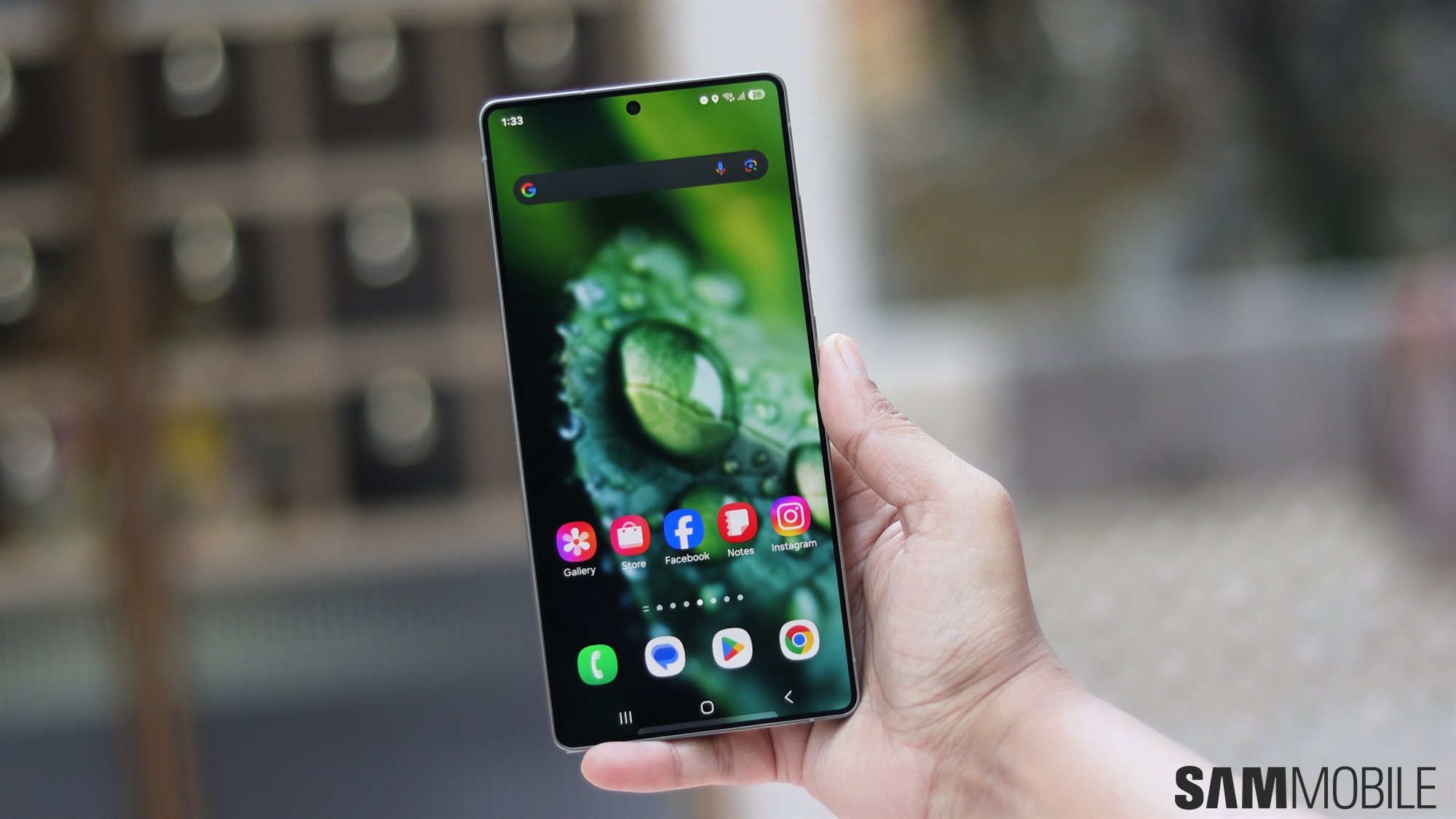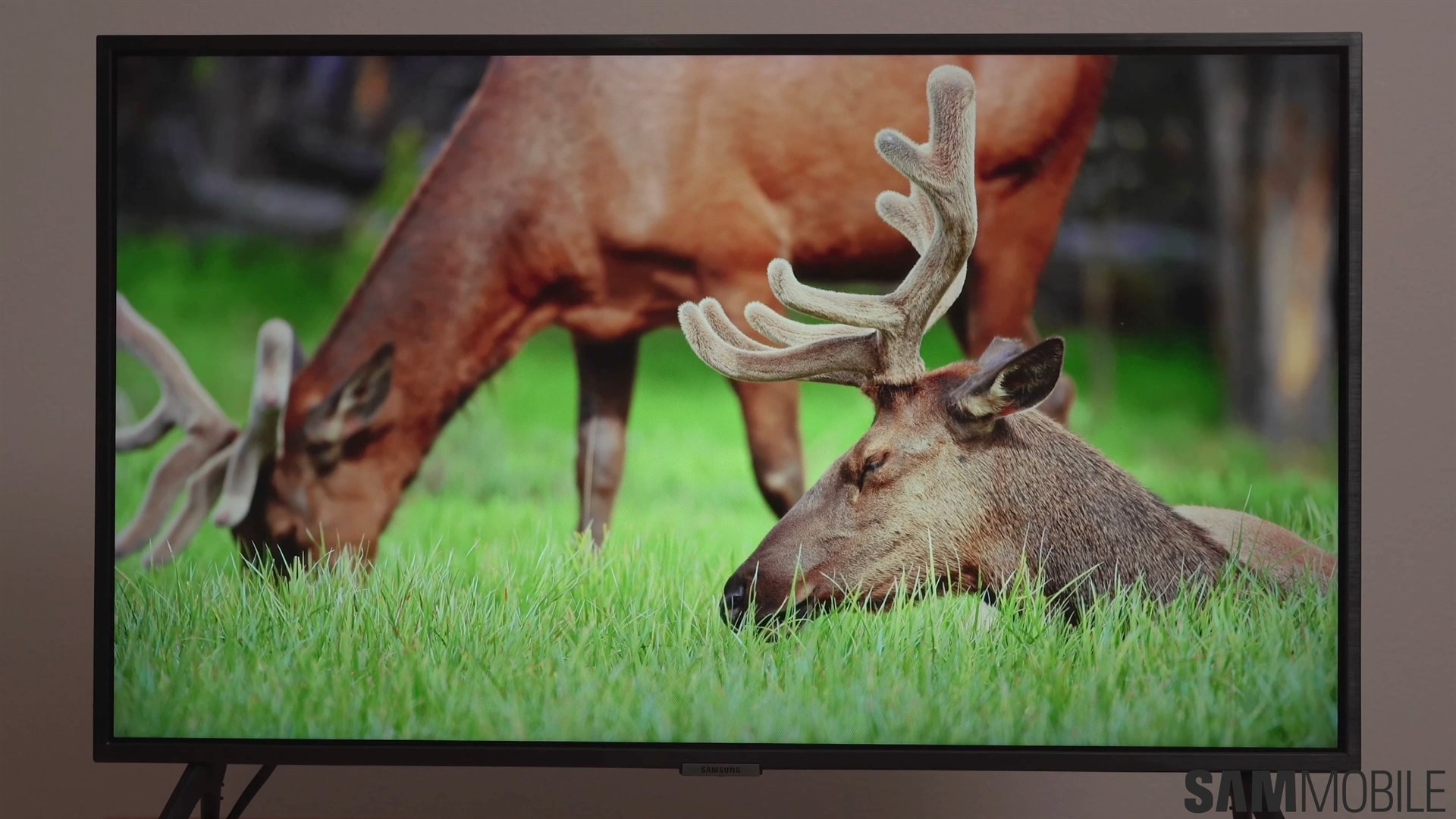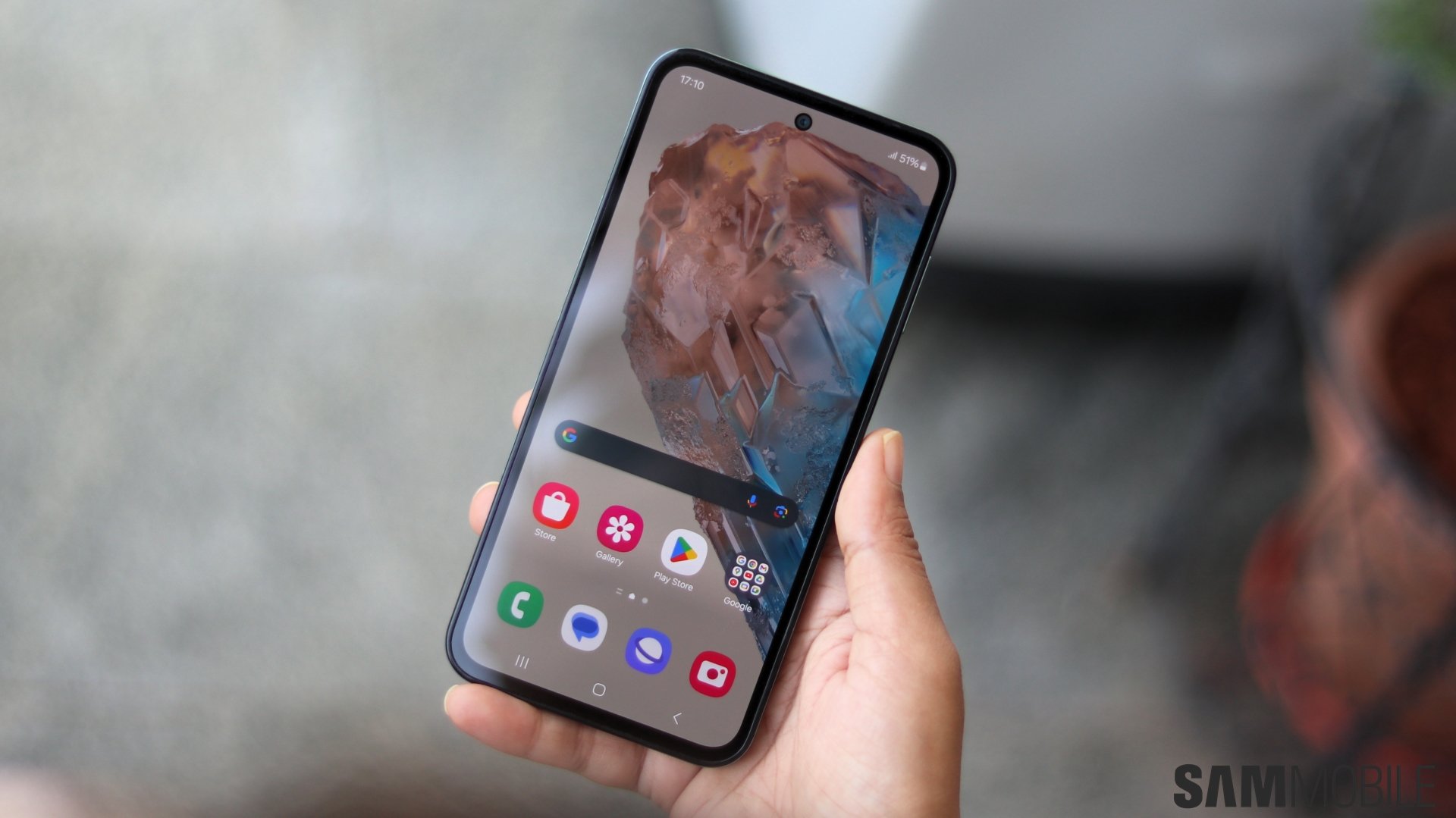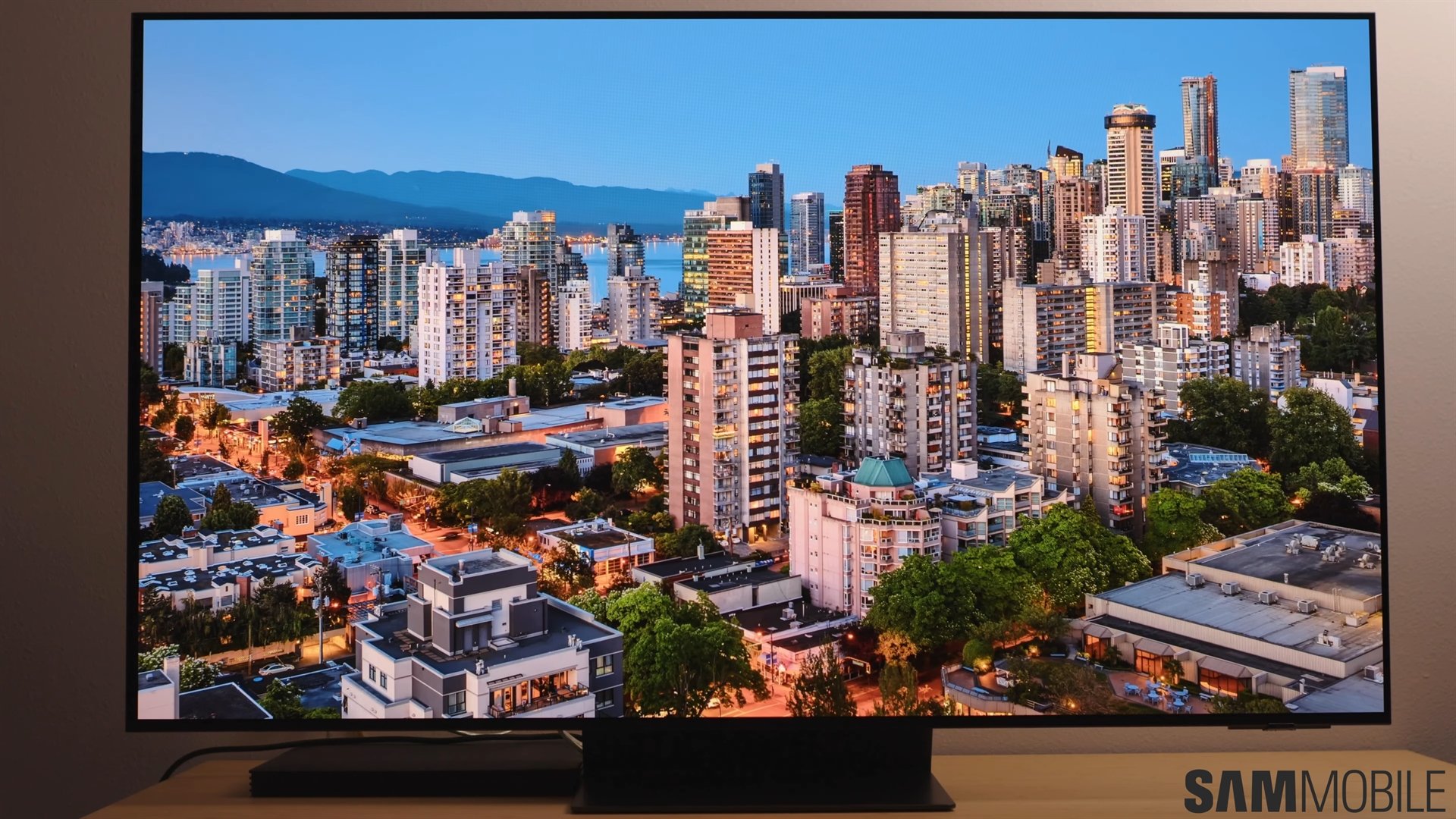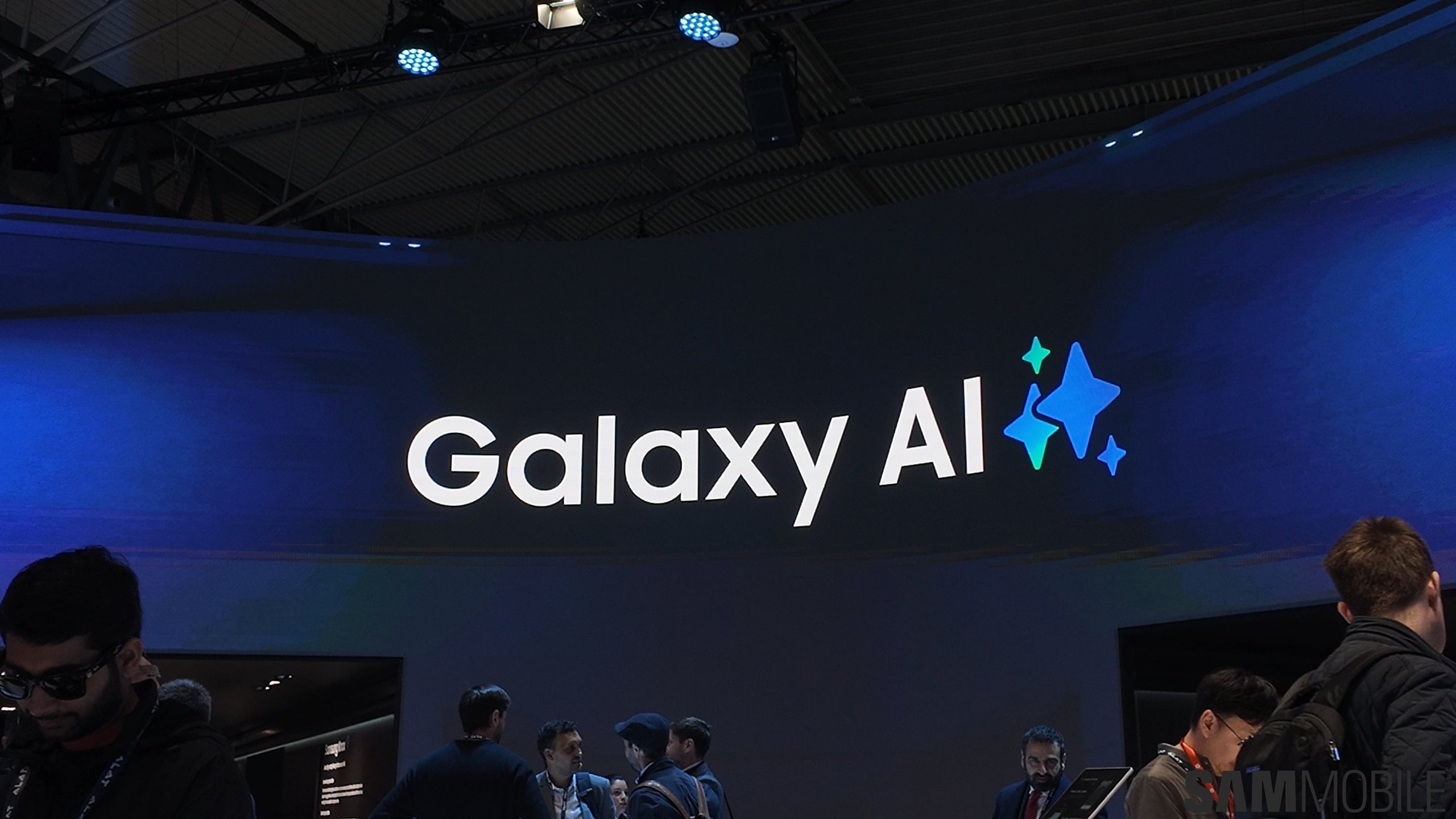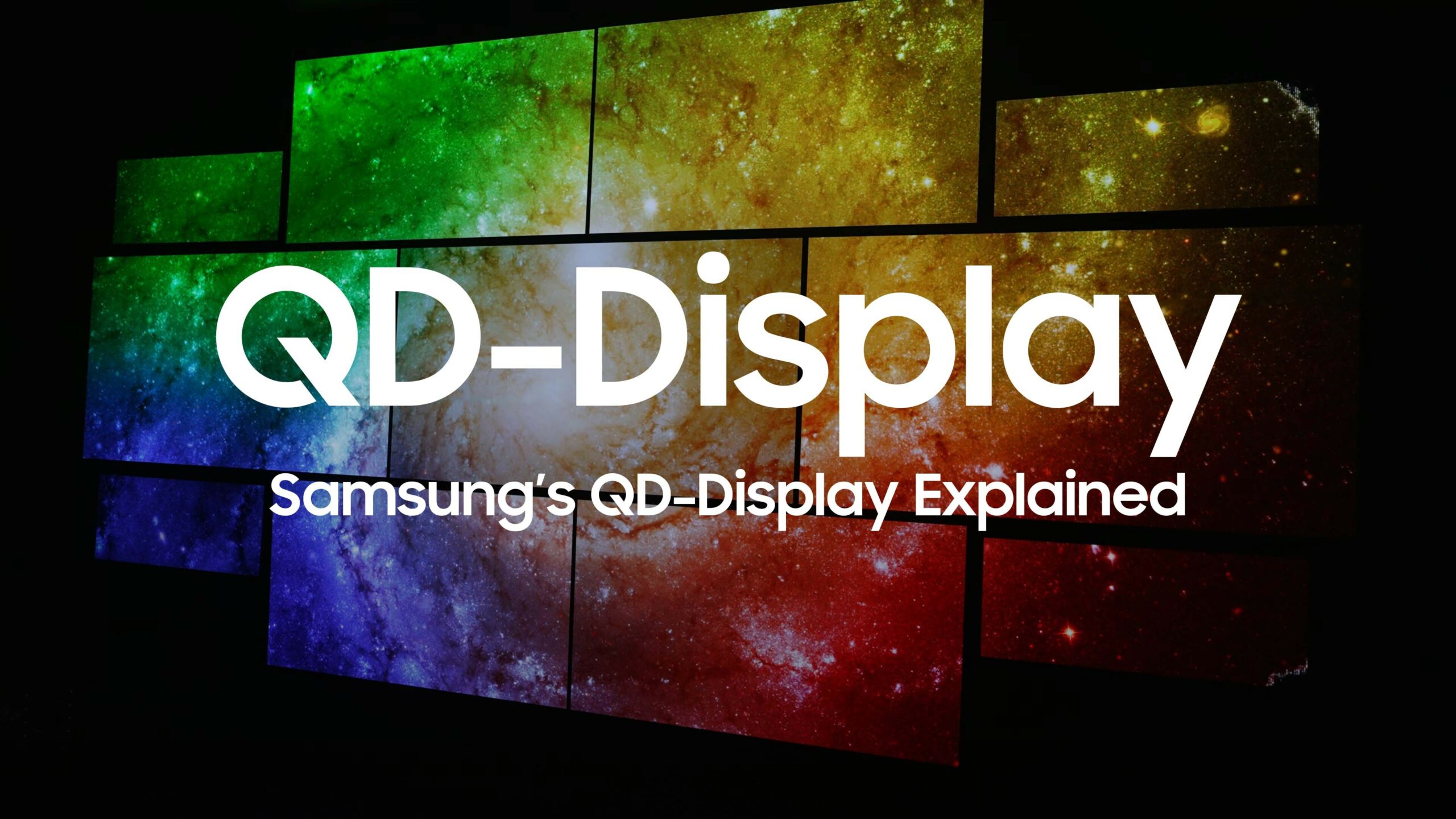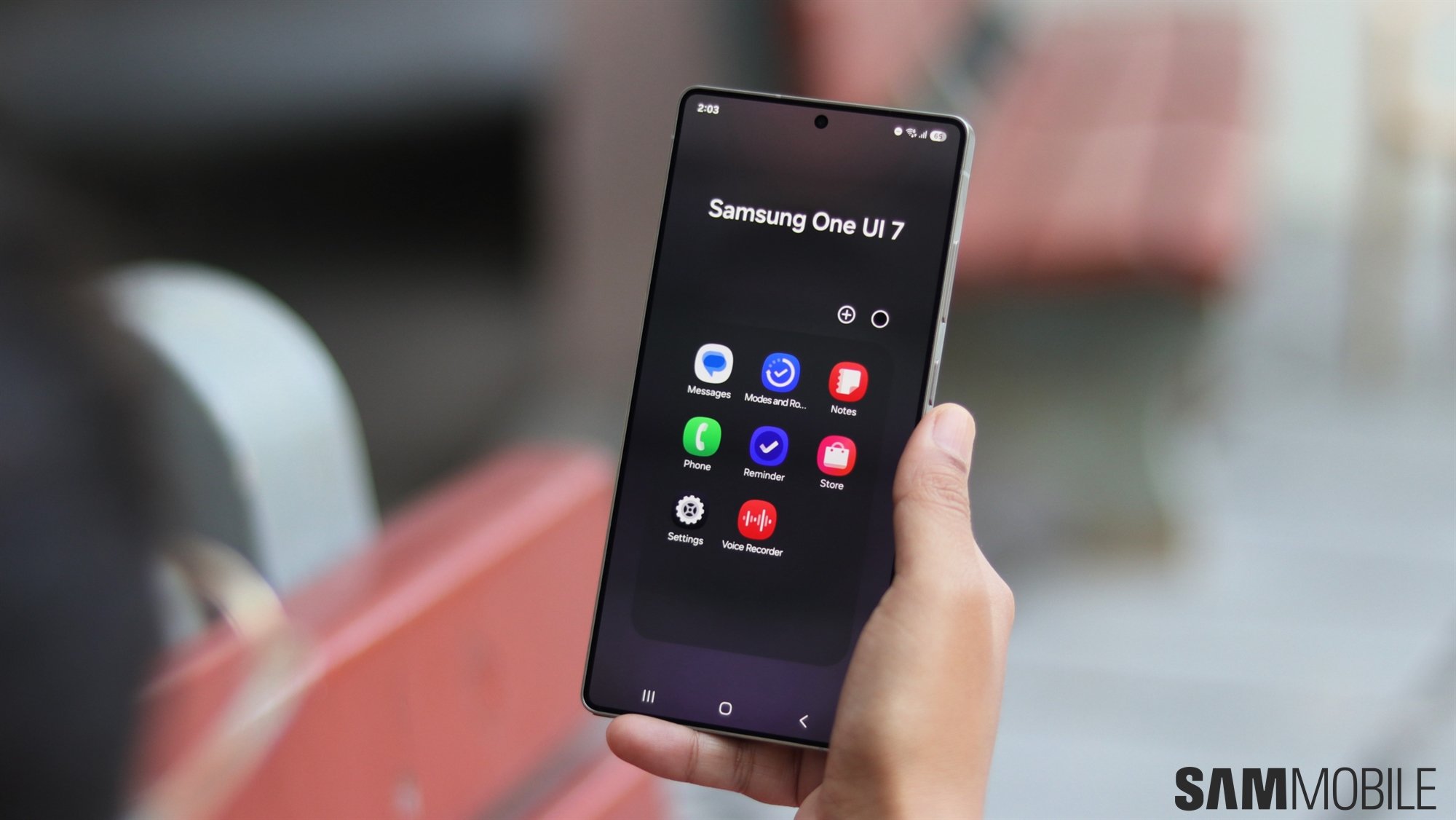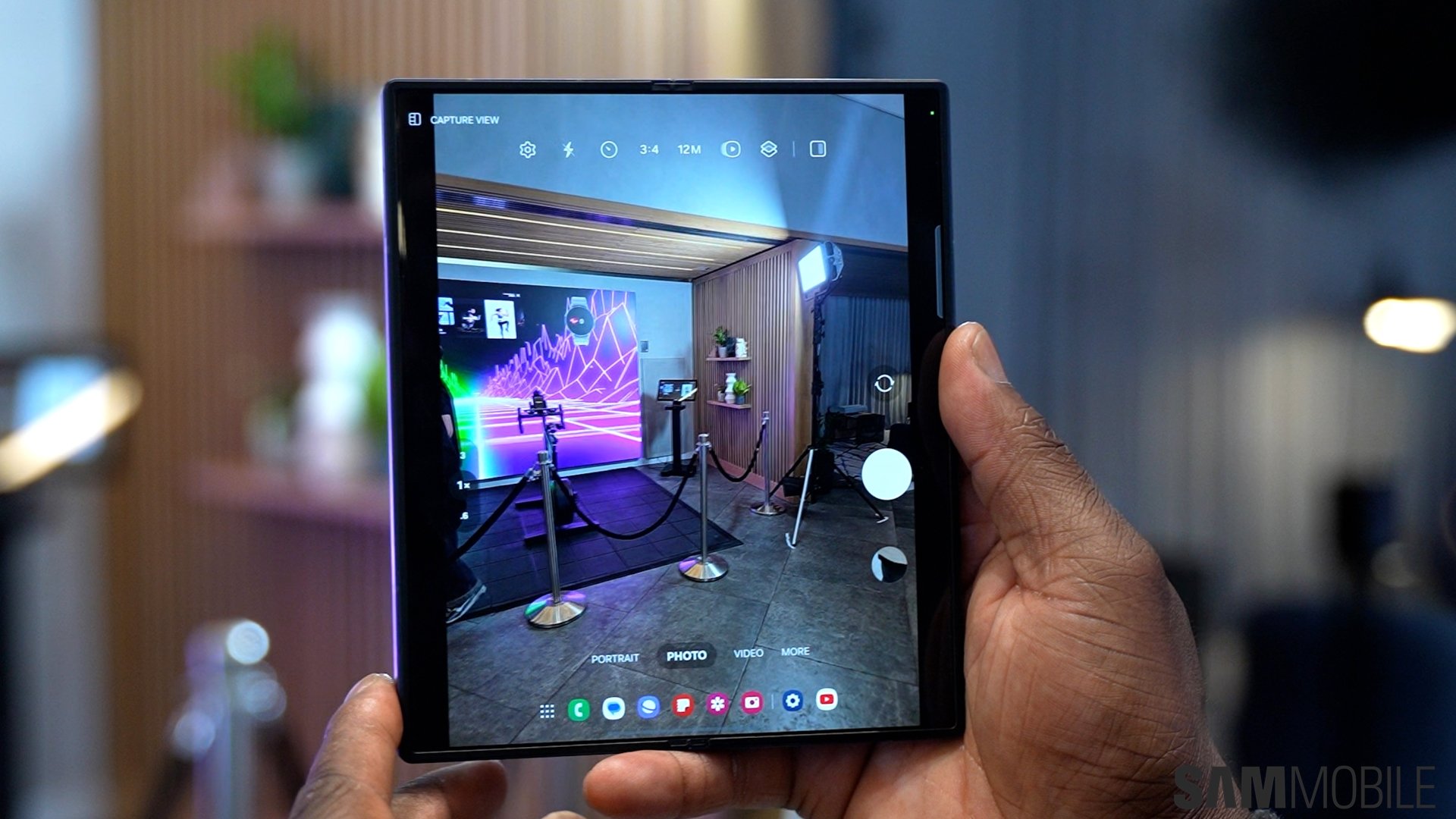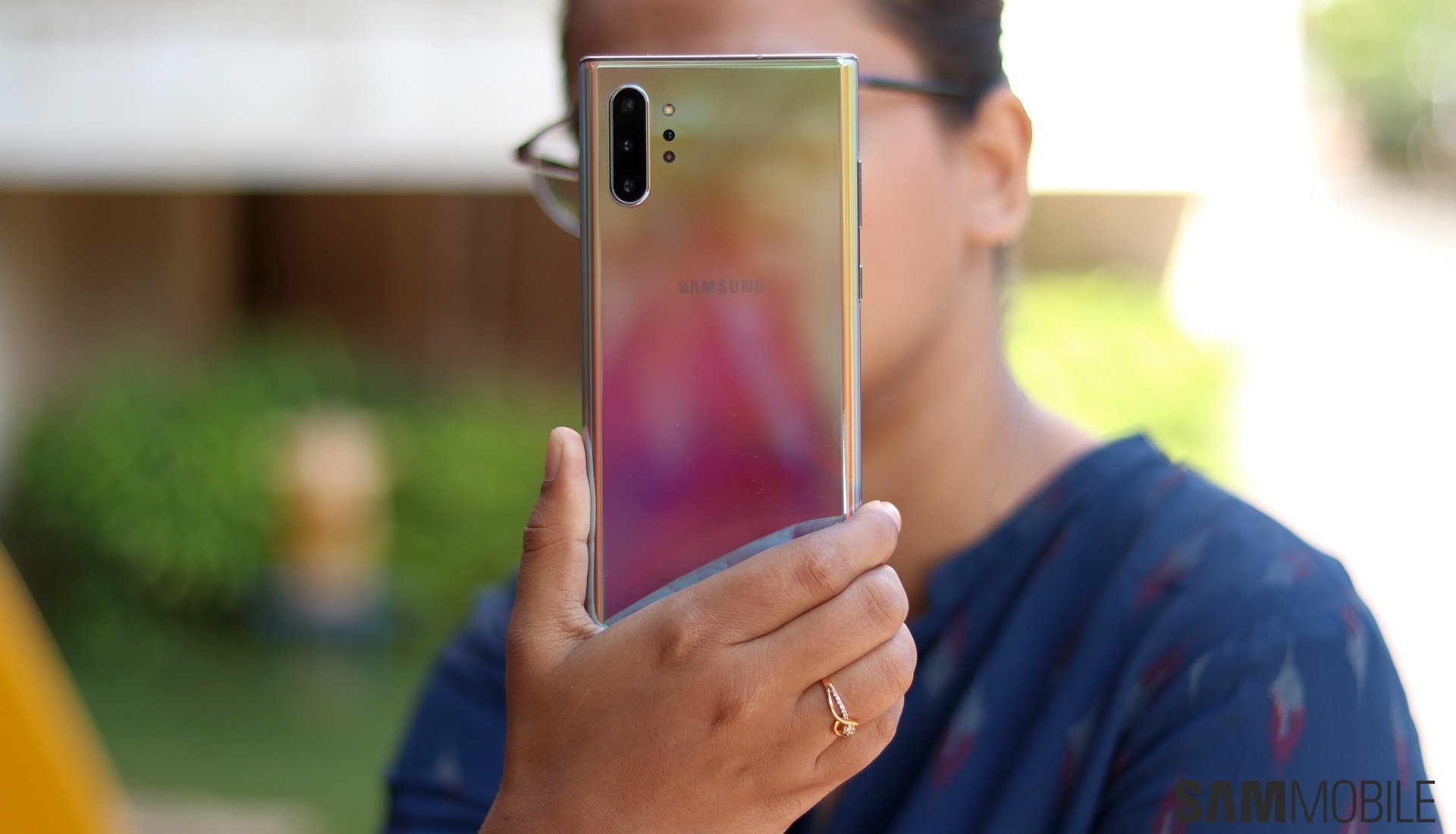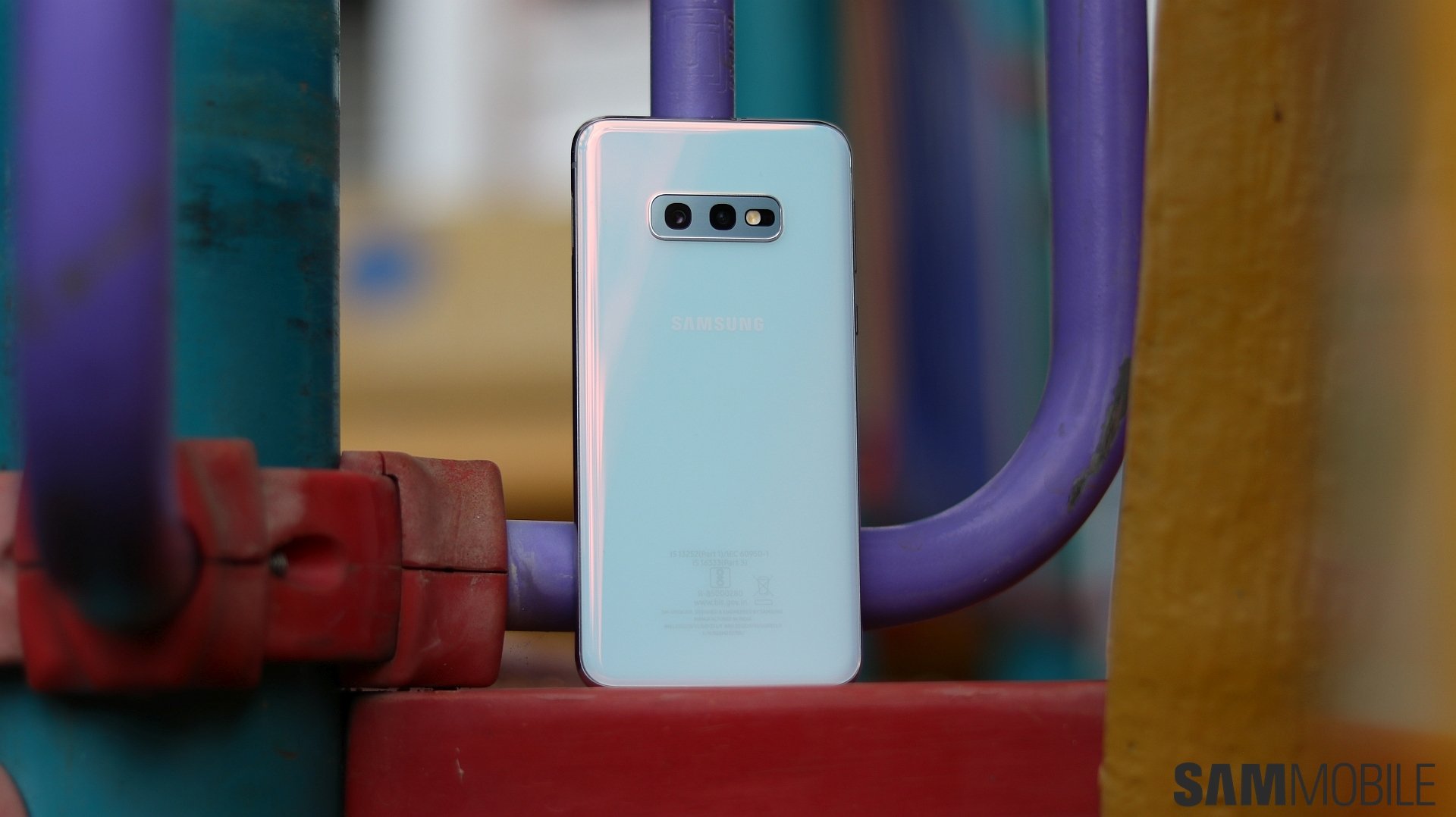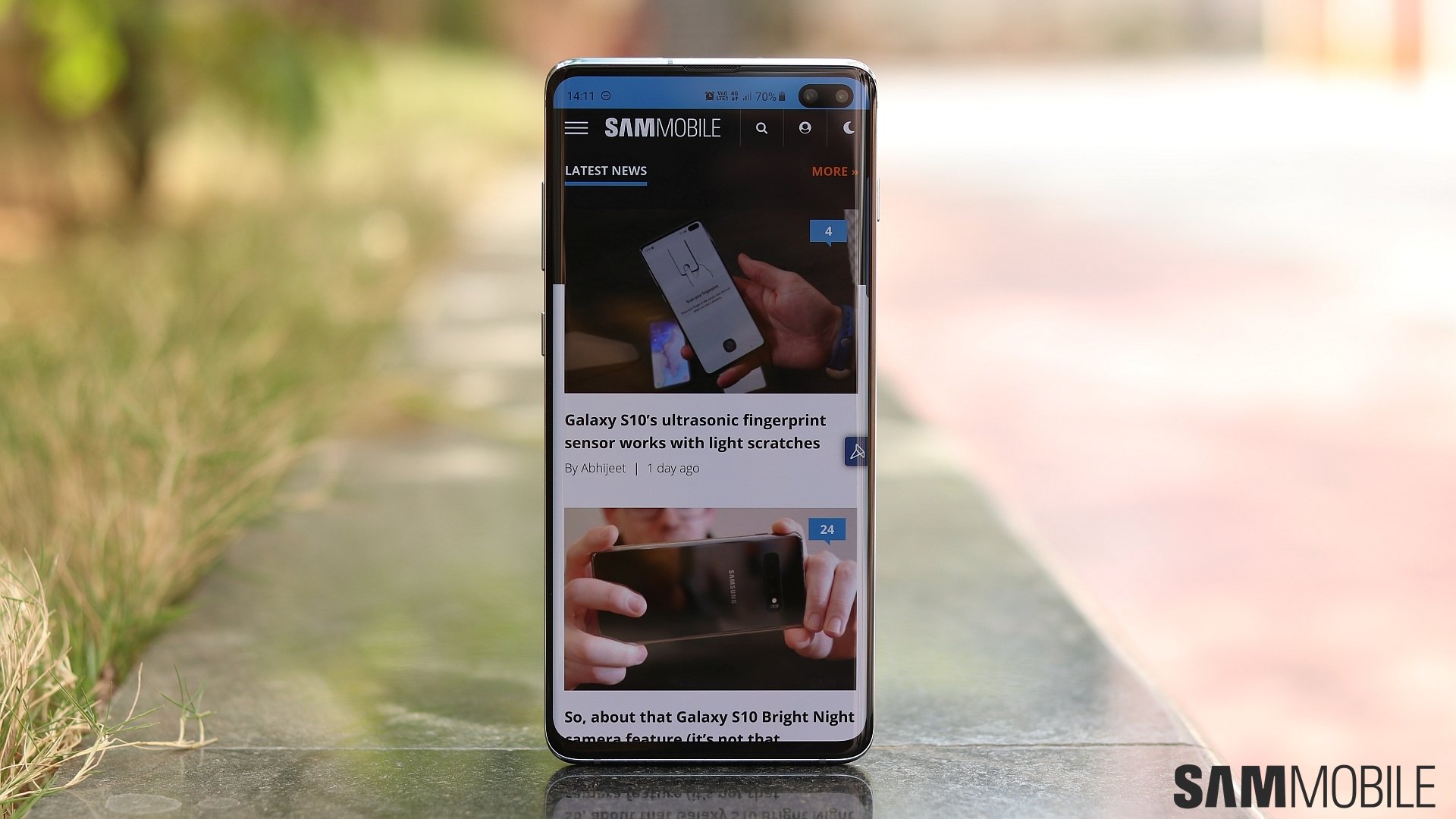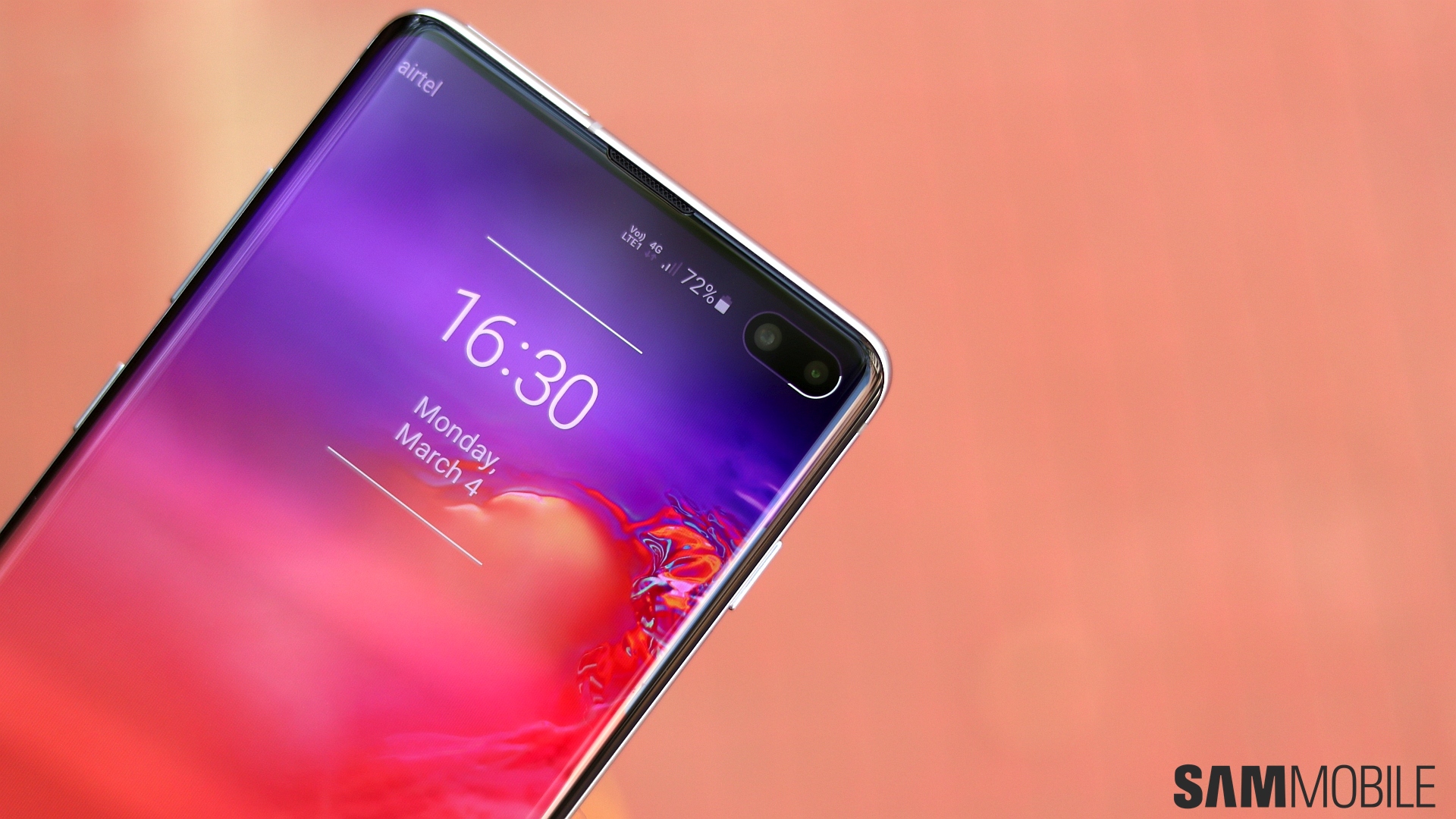
What we mean by that is that the API (that's the level of code that provides developers with access to core device functions) Samsung created for the front-facing camera, which is used by several social networks and communication services — like Facebook, Instagram and Skype — crops the frame.
It's unclear why Samsung made this decision, but some have speculated it was on the cusp of a limitation imposed by Google that restricts the maximum field of view aftermarket Android applications can tap into for the front-facing camera to create a unified experience across all devices.
The reason could be a lot more straightforward, though
The selfie camera is set to shoot in a somewhat cropped field-of-view by default in the stock Camera client, with users having the option to adopt a wider frame with the tap of a button — a feature that was recently added to the Galaxy S9 — and that's missing from aftermarket services.
If that's accurate, utilising the camera's wide field-of-view would require extra leg work from developers — that is, of course, is if Google hasn't locked it down. Then again, that's just a theory — we've reached out to Samsung for comment and will update this article when we hear back.








